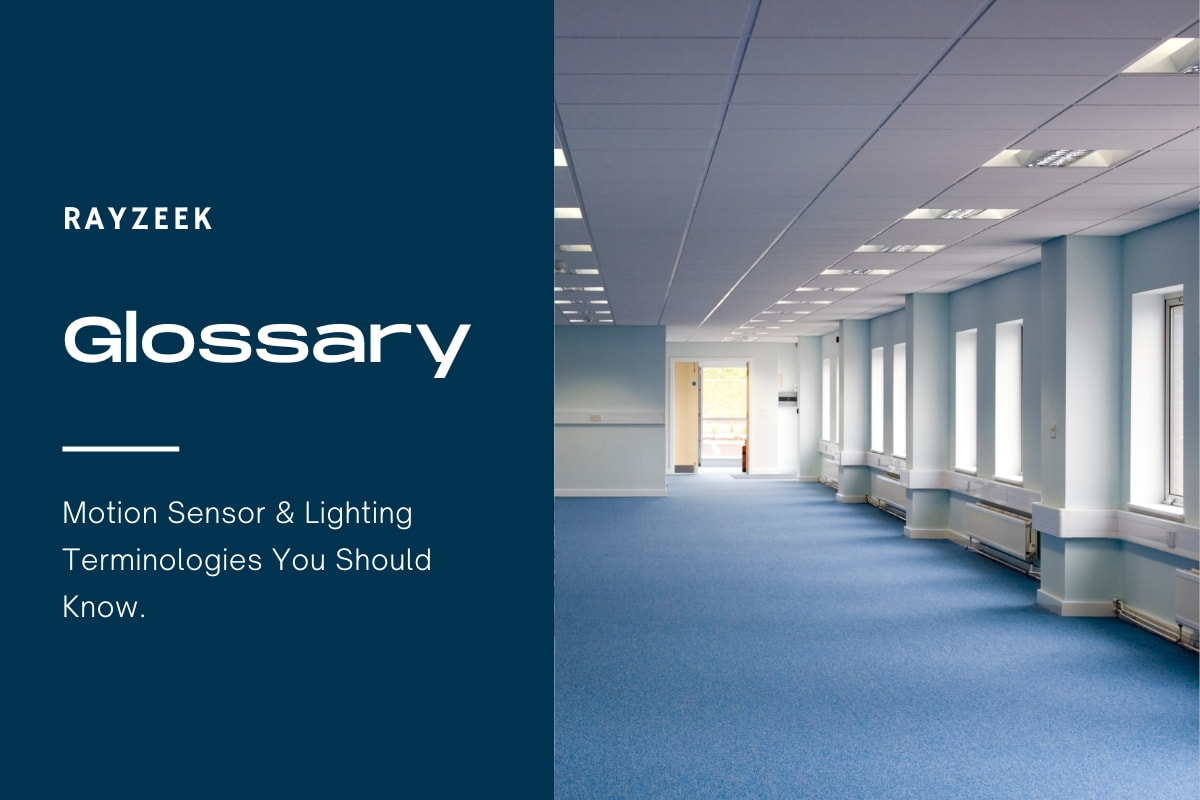What is Glare
Glare is the visual sensation that occurs when there is an excessive and uncontrolled brightness in the field of view. It is characterized by a significant difference in luminance between the task being looked at and the source of glare. This excessive brightness can cause discomfort, annoyance, or even pain to the eyes, leading to a reduction in visibility and the ability to distinguish details and objects.
Maybe You Are Interested In
There are two main types of glare: discomfort glare and disability glare. Discomfort glare is characterized by an instinctive desire to look away from a bright light source or difficulty in seeing the task. It does not necessarily impair visibility but causes an uncomfortable sensation. On the other hand, disability glare occurs when intense light sources are present in the field of view, resulting in a reduction in visibility. This reduction is caused by stray light being scattered within the optical system of the eye, leading to a decrease in the apparent contrast of the visual scene.
It is important to know that sensitivity to glare varies between individuals, and older people are generally more sensitive to glare due to the aging characteristics of the eye. To minimize glare, various factors need to be considered, such as the angle between the task and the glare source, the adaptation of the eyes, and the use of shielding techniques to avoid direct views of the light source.
Looking For Motion-Activated Energy-Saving Solutions?
Contact us for complete PIR motion sensors, motion-activated energy-saving products, motion sensor switches, and Occupancy/Vacancy commercial solutions.
Frequently Asked Questions
What Is the Difference Between Brightness and Glare
Glare can be described as a difference in brightness. To minimize glare, one can either increase the brightness of darker areas when they contrast with brighter objects or decrease the brightness of bright areas, such as a source of light or its reflection in the field of vision.
Why Is Glare So Bad at Night
Nighttime glare is a problem because it is caused by both bright and dim lights. When trying to see something in the presence of a bright light, it can cause the eyes to squint and become teary. On the other hand, dim lighting can impair vision by reducing the contrast of images.
Are LED Lights Low Glare
An LED light that has a color temperature of 3,000 K emits minimal blue light, resulting in minimal glare.
What Type of Light Bulb Reduces Glare
As the most energy-efficient option available, LED bulbs and fixtures are highly effective in reducing glare and enhancing visual clarity within a room.
What Is It Called When You See Glare Around Lights
Seeing halos around lights is a phenomenon known as diffraction. Diffraction occurs when light bends as it enters the eye. While glasses and contact lenses can sometimes cause diffraction, it can also be a side effect of certain diseases.

























